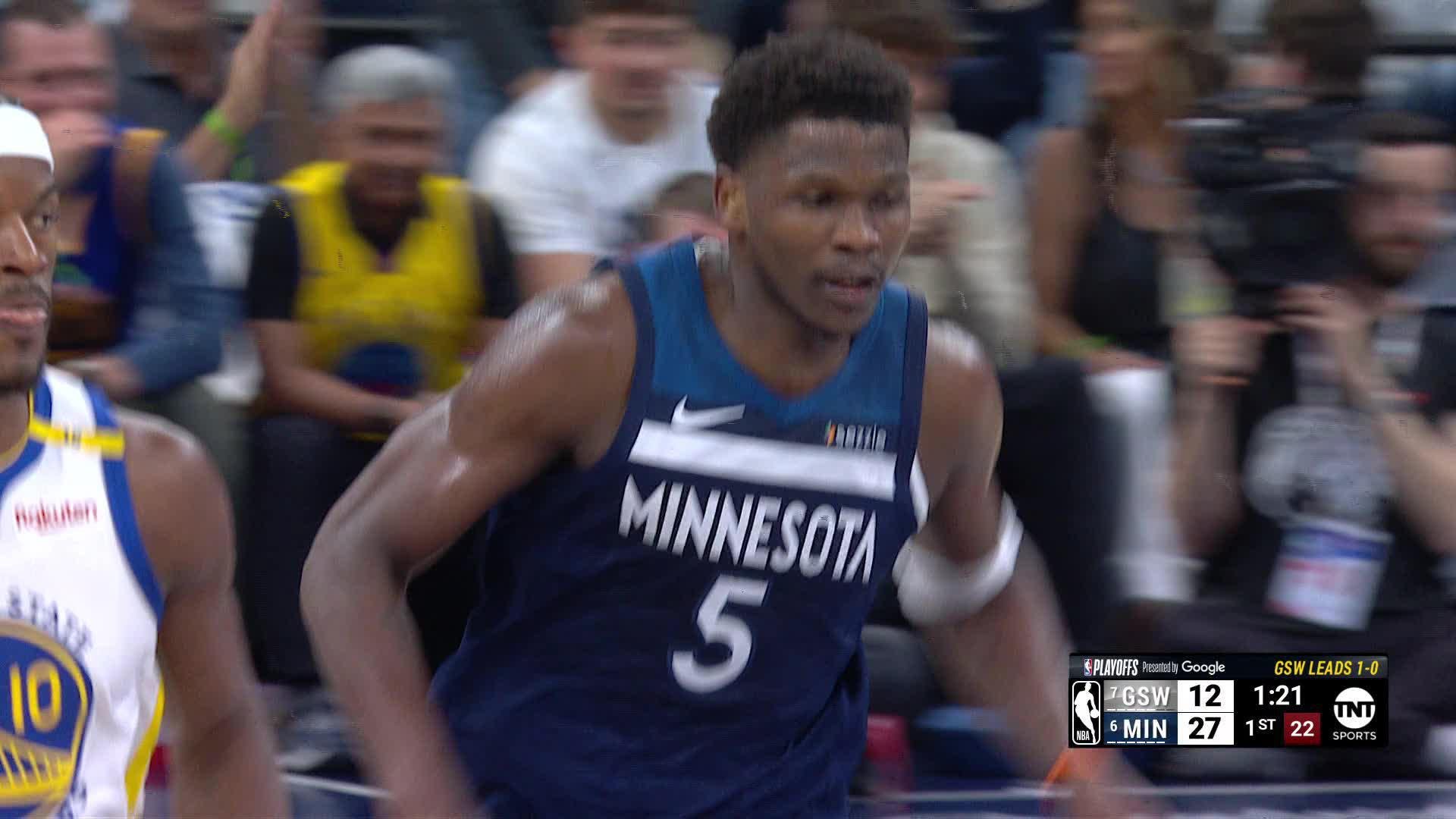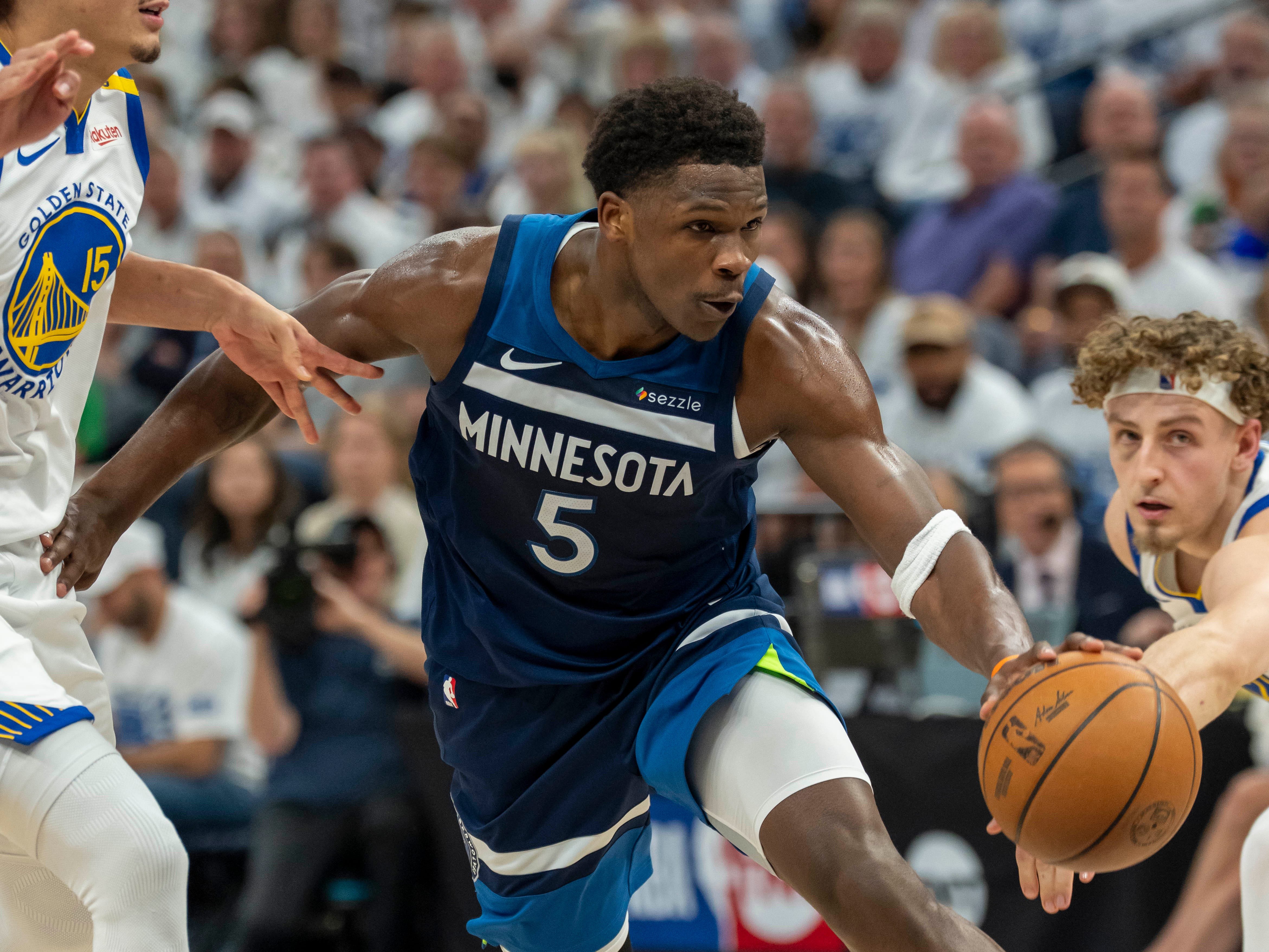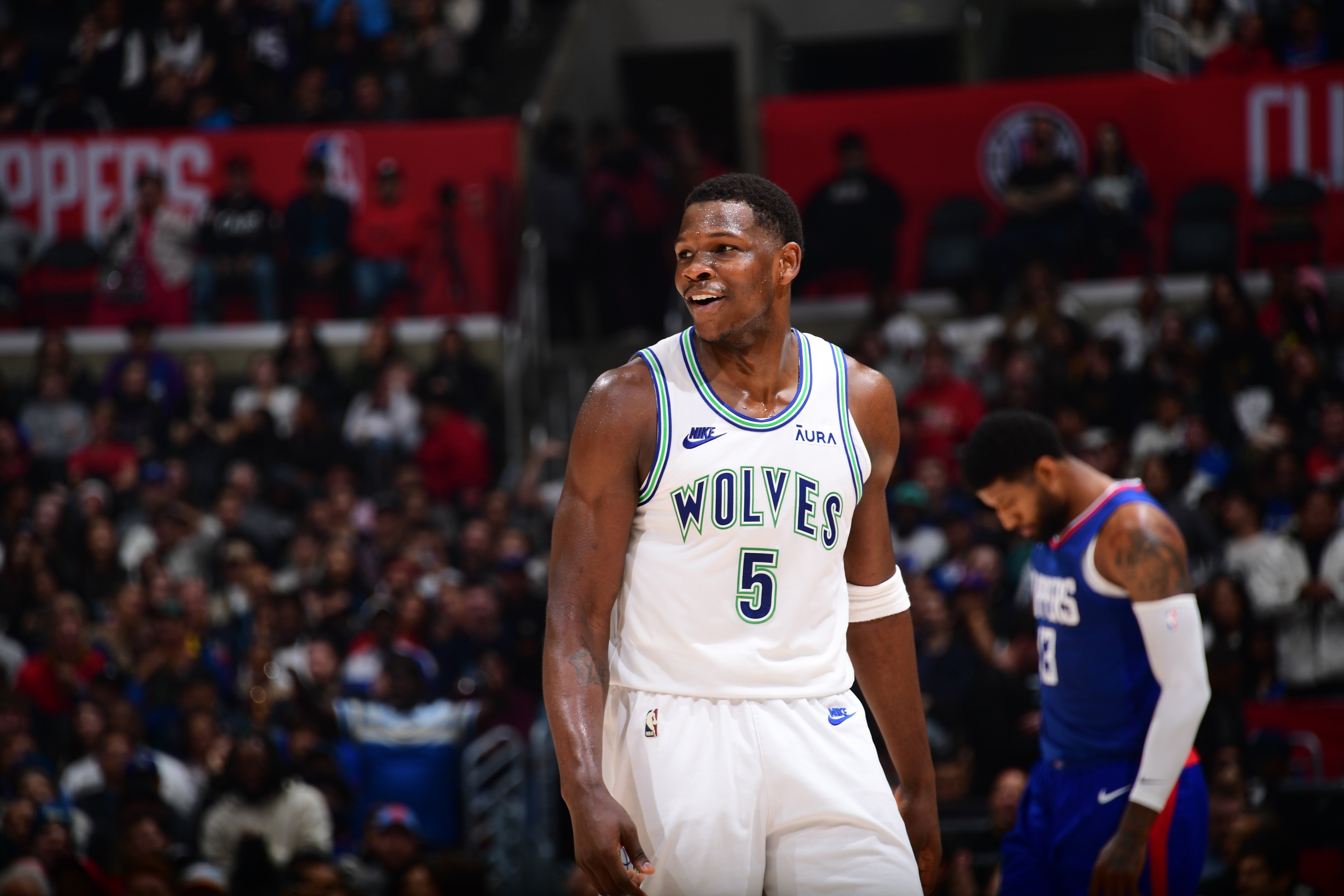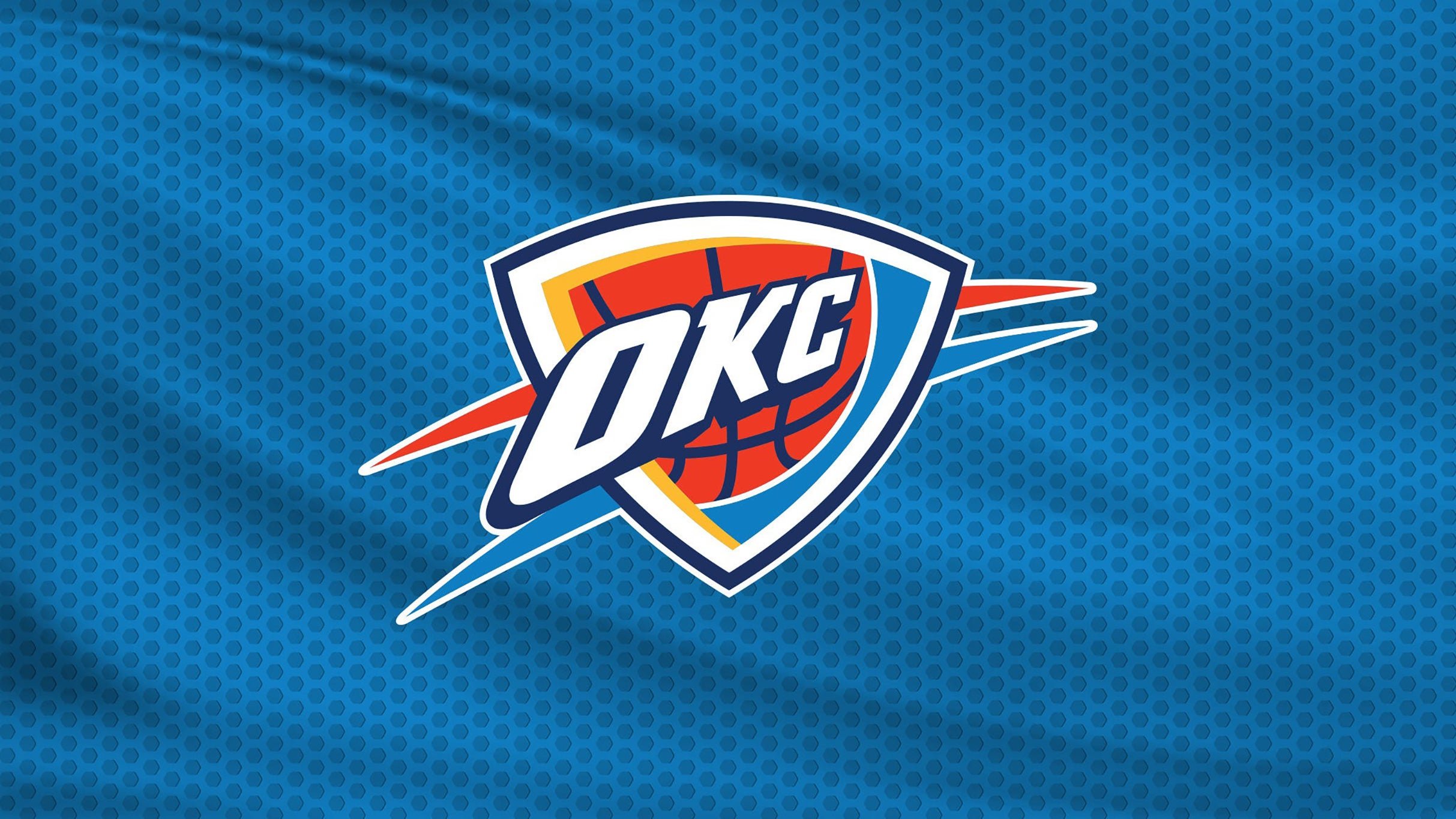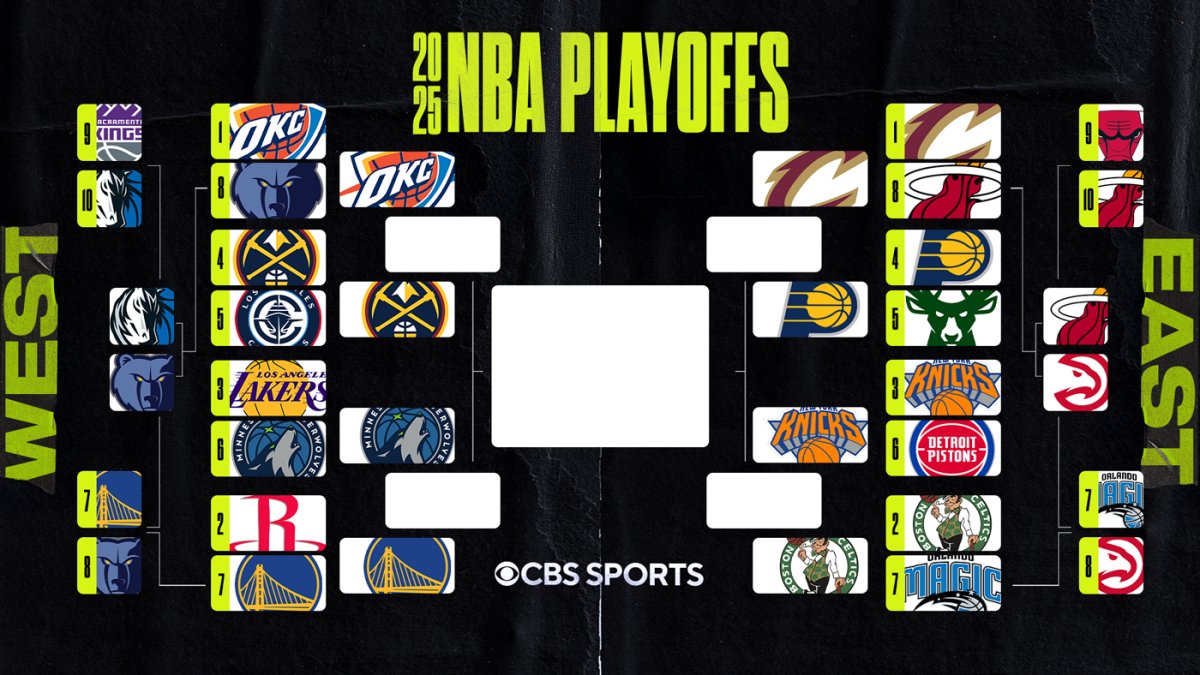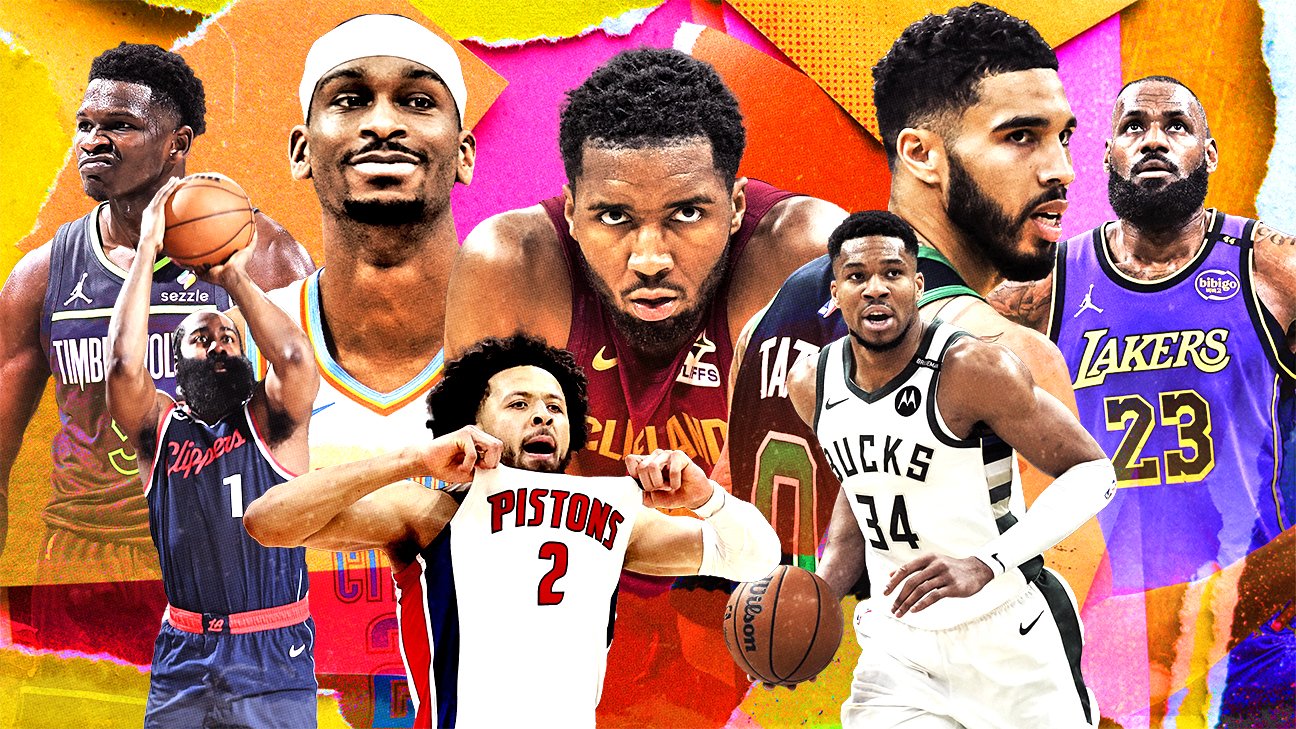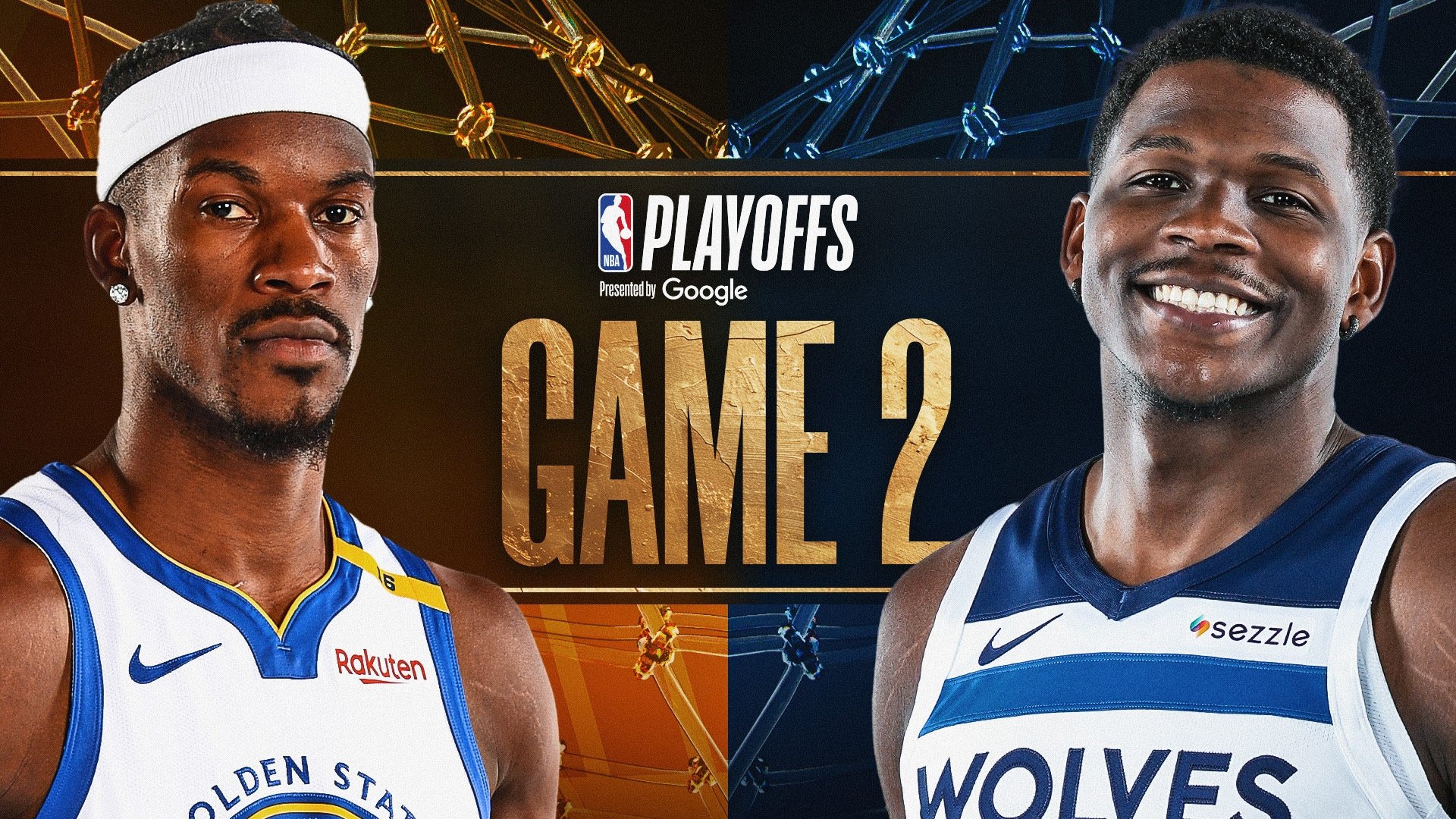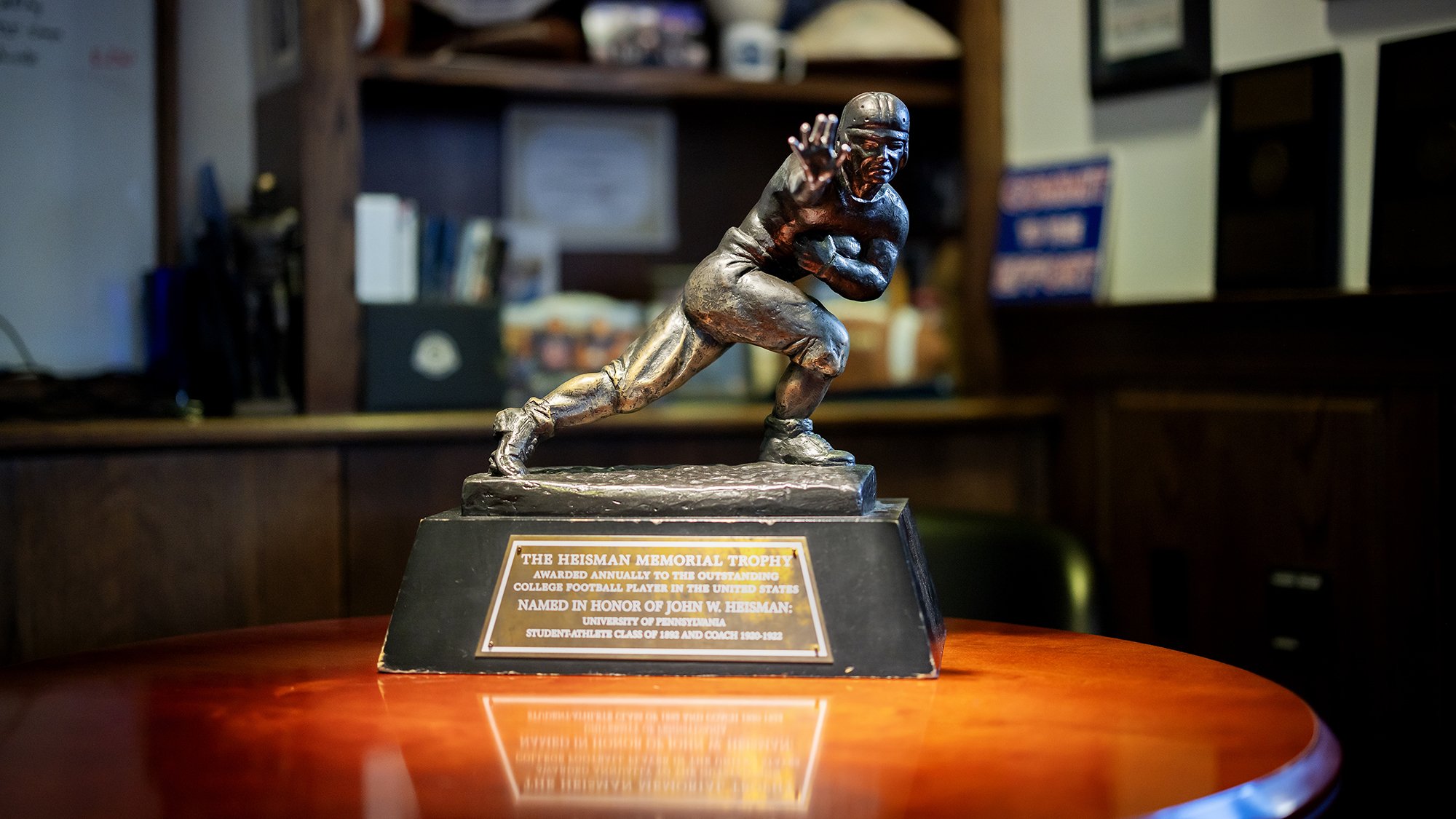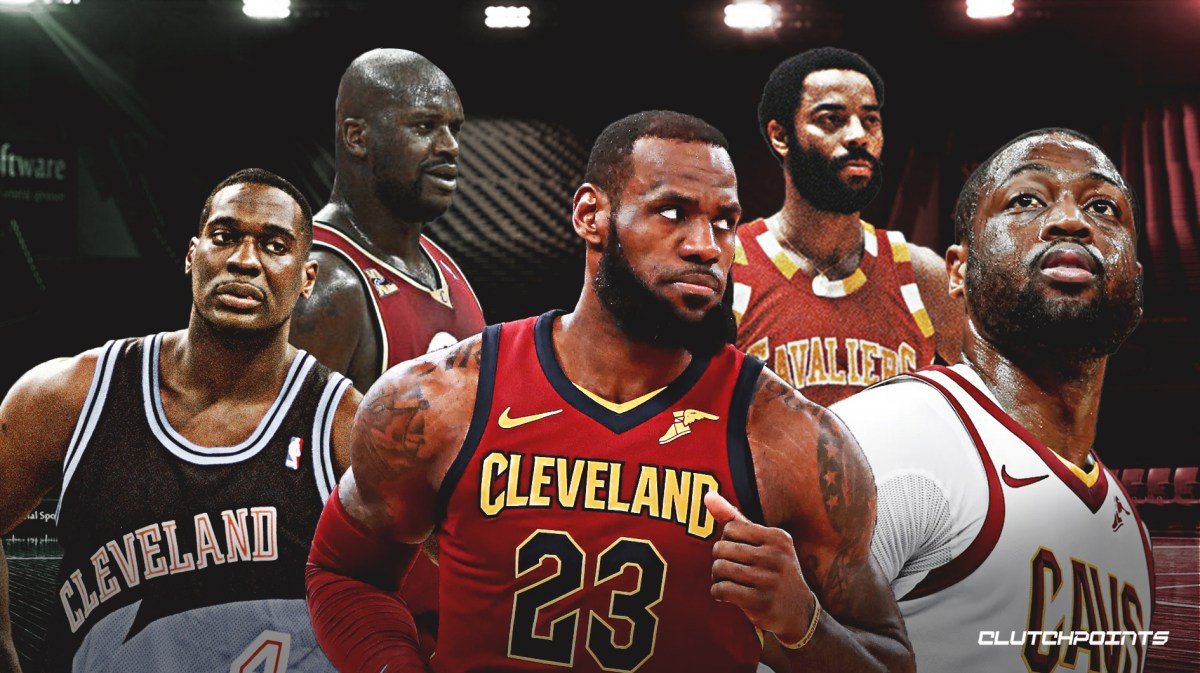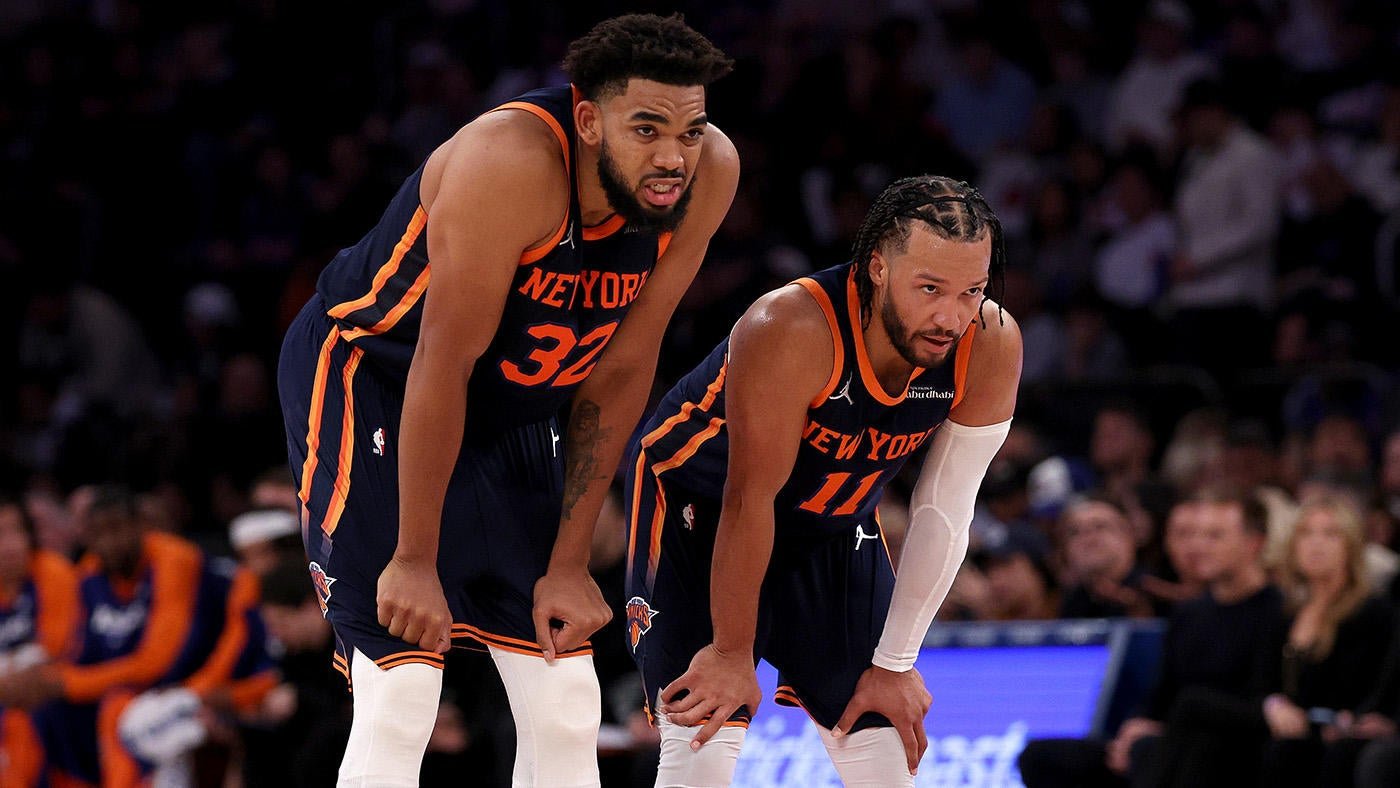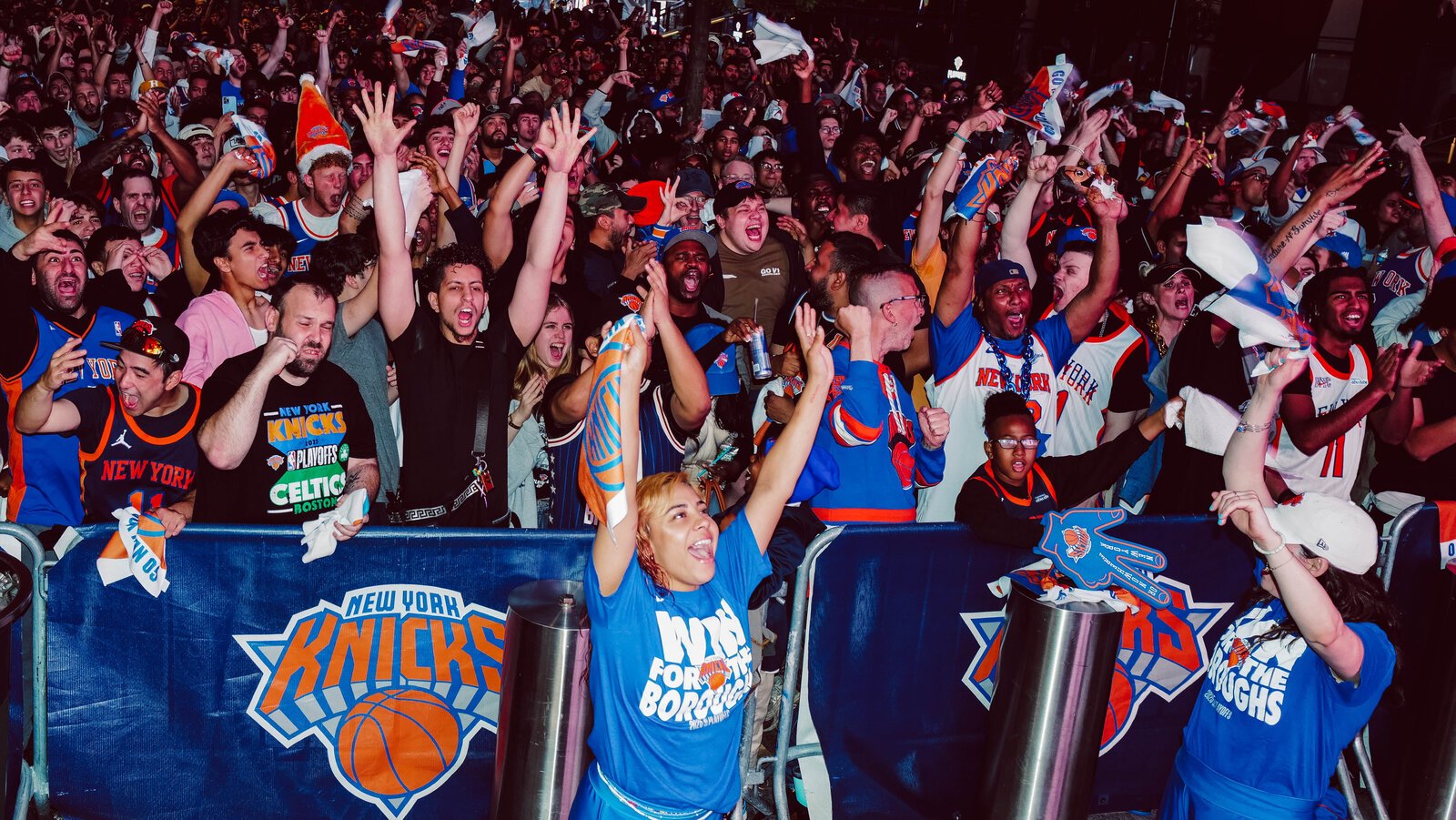On May 8, 2025, Anthony Edwards delivered a gutsy performance for the Minnesota Timberwolves, putting aside a significant ankle scare to lead his team to a pivotal 117-93 victory over the Golden State Warriors in Game 2 of the Western Conference semifinals. This win evened the playoff series at 1-1 and gave Minnesota a new jolt of energy heading into the next matchup in San Francisco. Edwards’ resilience on the court not only lifted his team but also demonstrated his growing reputation as the Wolves’ emotional and physical leader during the postseason.
The game became a showcase not only for Edwards’ scoring and all-around contributions, but also for his toughness and the support system around him. With several key playoff storylines – including injuries and big-name absences from both sides – the Wolves’ win took on even more meaning as the best-of-seven series shifted west. The eyes of the basketball world are now on Edwards and Minnesota in one of their most important playoff runs in recent history.
Edwards Leaves Game After Scary Ankle Injury
Midway through the second quarter on Thursday night, Anthony Edwards provided Timberwolves fans with a true scare. After attempting a shot at the rim, Edwards landed awkwardly when Warriors big man Trayce Jackson-Davis came down on his already sore left ankle. Edwards, who had previously injured the ankle late in the Lakers series, lay on the court in visible pain as play carried on at the other end.
The immediate concern in the arena grew as it became clear this was not just a routine fall. Wolves center Rudy Gobert intentionally fouled to stop play and allow the Timberwolves’ medical staff to rush to Edwards’ side. He was eventually helped off the floor and made his way to the tunnel, assisted by trainers and other staff. The moment left both the team and fans wondering if Edwards would return that night – or if the Wolves’ playoff hopes were now in jeopardy.
Coach Chris Finch later admitted he thought Edwards might be done for the evening:
This one, I was really worried about, actually. This one, I was really planning on not seeing him the rest of the game, to be honest with you.The tension in the building and among Timberwolves supporters was undeniable as Edwards disappeared from sight with Minnesota holding a significant lead.
Medical Staff Work Quickly to Assess Edwards
As Edwards headed to the locker room, the Minnesota medical staff – led by VP of medical operations and performance, David Hines – sprang into action. They ran a battery of tests and mobility checks, closely monitoring Edwards’ pain levels and functional movement in the affected ankle. The process drew on methods and treatments he had already been receiving after the injury in the previous series against the Lakers.
According to Edwards, Hines guided him through multiple rehab modalities, eventually giving him enough confidence to contemplate taping the ankle and returning to the action. The focus was on determining the extent of the injury quickly and safely, with player health a top consideration. As the minutes ticked by, the bench and coaching staff received updates while prepping for a possible extended absence.
Edwards himself stayed involved in the decision, communicating openly with medical personnel about pain and his range of motion. After several movements, Edwards said, he began to feel his ankle improving: “If we tape it, I’ll see how it feels,” he told staff. The trust between player and the Timberwolves’ performance team was evident, with Edwards singling out Hines for praise postgame.
This collaborative process allowed the Wolves’ franchise star to have agency in his recovery, and ultimately set the stage for his dramatic second-half return.
Wolves Maintain Lead Despite Edwards’ Exit
While Anthony Edwards was in the locker room, the Timberwolves continued to protect their advantage on the scoreboard. At the time of his exit, Minnesota led by 18 points. The Warriors, sensing a potential momentum shift, pressed to close the gap, but the Wolves held firm on both ends of the floor.
Julius Randle, who has proven himself valuable throughout the postseason, spearheaded Minnesota’s offense in Edwards’ absence, scoring nine of his game-high 24 points in the second quarter. Strong defense from the likes of Rudy Gobert and Jaden McDaniels helped limit Golden State’s high-powered attack. The halftime lead remained healthy, with the Warriors only narrowing the margin from 18 to 17 by the break.
This resilience was critical. Maintaining the gap prevented Golden State from seizing any short-term momentum, keeping the crowd engaged and the pressure off Minnesota’s bench. Nickeil Alexander-Walker also contributed valuable minutes, giving the Wolves productive bench scoring and defensive energy to weather the storm until halftime.
The ability of the Timberwolves to hold their own without their star reflected new team maturity and depth, essentials for surviving long playoff runs. It also reinforced that Minnesota’s playoff hopes did not rest solely on one player, even if that player is their leader in so many ways.
Edwards Returns, Ignites Minnesota Offense
When Anthony Edwards reappeared for the second half, the Target Center erupted. He immediately put pressure on Golden State’s defense, shaking off the earlier injury and providing a much-needed spark to the Wolves’ offense. Any questions about his mobility or commitment were put to rest with a series of assertive drives, highlight plays, and strong finishes at the rim.
Edwards went on to score 13 of his 20 points after returning from the locker room, shooting 4-for-6 in the second half and adding five rebounds. His energy was contagious, lifting both teammates and the crowd. The Timberwolves stretched their lead as Edwards showed no signs of tentativeness, even making big plays on the defensive end with steals and a key block.
With every successful possession, Minnesota’s confidence grew. The Wolves’ offense flowed smoothly, and the Warriors found it difficult to keep up with the revitalized game pace. Edwards’ ability to not just return, but anchor the team’s performance in the second half, proved pivotal in closing out the win.
Also Read
Oklahoma City Thunder’s Relentless Defense Powers Historic Season
The impression left by his second-half performance was noted by teammates and fans alike. Several Wolves players, including Josh Minott, called Edwards “almost immortal” for bouncing back so quickly and so forcefully from a potentially serious injury.
Stat Line Highlights Edwards’ Impact
| Stat | Total |
|---|---|
| Points | 20 |
| Rebounds | 9 |
| Assists | 5 |
| Steals | 3 |
| Blocks | 1 |
| Plus/Minus | +21 |
Anthony Edwards’ box-score numbers tell the story of a player who contributed in every facet of the game after his return. He ended with 20 points, 9 rebounds, 5 assists, 3 steals, and 1 block in just 34 minutes. His shooting was efficient, especially after halftime when he connected on 4-of-6 attempts. In critical moments, Edwards drove the offense, shared the ball, and made clutch plays on defense.
Perhaps most eye-catching was his +21 plus-minus rating, meaning the Timberwolves outscored the Warriors by 21 when Edwards was on the floor. This number encapsulates his ability to elevate the entire unit. Fans and analysts alike recognized that his impact extended beyond the box score, giving the Timberwolves their needed edge on both ends.
The stat sheet further demonstrated how Edwards, even while dealing with visible pain, can remain a focal point of playoff basketball. With the rest of the roster contributing, Edwards still set the tone as a leader and playmaker willing to do whatever it took for his team to win.
Also Read
NBA Playoff Player Props and Best Bets for Friday, May 9: Top Picks for Indiana vs Cleveland and Nuggets vs Thunder
Timberwolves Praise Edwards’ Toughness
After the game, Timberwolves teammates were effusive in their praise for Anthony Edwards’ grit and durability. Forward Josh Minott described his teammate as having “an immortal ankle” and being one of the most resilient people he’s known. Julius Randle, who had one of his best playoff games, called Edwards “like Ironman,” highlighting how often he plays through pain and bounces back faster than anyone expects.
Nickeil Alexander-Walker summed up the sentiment in the locker room, saying,
“One thing about Ant, he’s not going to sit out. He’s got to be damn-near dead.”Teammates marveled at how Edwards is rarely, if ever, absent from games, no matter the intensity of the schedule or the physical toll of the NBA playoffs.
Jaden McDaniels added his own hyperbolic praise, joking that it would take something truly catastrophic – “He’s got to have his leg chopped off or some s – – to come out” – for Edwards to actually miss game action. This spirit has clearly influenced team culture, inspiring younger players and veterans alike to push through adversity.
The overwhelming locker-room respect for Edwards’ toughness and commitment is part of what has made this Minnesota group a contender in a rugged Western Conference. As the postseason unfolds, that collective toughness, anchored by Edwards, will remain at the heart of the Wolves’ identity.
Also Read
2025 NBA Playoffs Second Round Schedule, Bracket, and Key Dates
Game 2 Context: Playoff Stakes and Key Absences
This Western Conference semifinal was billed as a series between two rising and established powers, and Game 2 raised the stakes. The Wolves, down 1-0 after losing Game 1 at home, faced a must-win to avoid going to San Francisco in an 0-2 hole. By evening the series, Minnesota kept their championship aspirations alive and avoided handing momentum to a playoff-hardened Warriors squad.
The playoff narrative also shifted because of absences. The Warriors were without Stephen Curry, sidelined indefinitely with a hamstring injury. Minnesota, meanwhile, was already managing Edwards’ existing ankle injury – complicating their rotations and raising questions about endurance. Each team’s ability to adapt has added intrigue to a series already packed with All-Star talent and postseason experience.
Thursday’s contest was defined by intensity and an edge dictated by playoff desperation. Minnesota’s deeper bench, led by Nickeil Alexander-Walker’s 20 points and Jaden McDaniels’ all-around effort, provided the stability needed as the stakes rose. Golden State, missing its leader, struggled to find answers against Minnesota’s physicality and the crowd’s energy at Target Center.
This win now gives the Wolves a psychological edge, especially if Curry remains sidelined. It also places added focus on the health of key players and how each team’s depth can be leveraged moving forward in the series.
Also Read
Heisman Trophy Hopefuls for Every Top 25 Team Ahead of the 2025 College Football Season
Edwards’ Self-Critique and Drive for Improvement
Despite his impactful performance, Anthony Edwards was quick to point out areas for personal growth during his postgame availability. He was critical of his finishing at the rim, citing a missed opportunity on an alley-oop from Julius Randle in the third quarter. According to Edwards, he wanted to throw down a dunk, but couldn’t jump high enough due to the ankle. Instead, he settled for a layup and expressed determination to get back to his usual standard of play.
Edwards said,
“They let me get to the rim, and I’m not finishing, so it’s kind of weird. I’ve got to get back to working on my finishing and stop working on my 3s, because they’re not letting me shoot 3s.”These are the words of a star not satisfied with merely surviving; Edwards demands excellence from himself, regardless of outside praise or the circumstances around him.
The drive for improvement and accountability resonates throughout the Minnesota locker room. Coaches and teammates have often remarked on Edwards’ competitive approach, noting that his standards raise the bar for everyone. As the postseason continues, his focus on self-improvement could prove vital as opposing defenses throw new challenges at him in every round. The Timberwolves are betting not only on his physical resilience but also on his constant quest to elevate his game.
Looking Ahead to Game 3: Injury Concerns and Lineup Questions
With Game 3 scheduled for Saturday in San Francisco, all eyes will be on Anthony Edwards’ status. He insisted postgame that he will suit up, saying confidently, “That one was crazy. But I’ll be all right.” However, the quick turnaround will test not only the strength of his ankle, but also the Timberwolves’ broader depth as the series resumes on the road.
Also Read
Cavaliers vs Pacers Game 3 Odds, Prediction, and Key Storylines as Cleveland Looks to Recover
Curry’s ongoing absence for the Warriors will also shape Game 3, as Golden State must adjust without its franchise cornerstone. Minnesota’s challenge will be managing rotations to keep Edwards fresh, while also leveraging contributions from key bench players like Alexander-Walker and McDaniels. With every game critical, the importance of tactical flexibility and in-game adjustments can’t be overstated.
Edwards’ recovery and whether he can remain effective will be a top storyline. The Wolves’ medical and training staff will monitor him closely leading up to tipoff. Given his track record and the faith his coaches have in his toughness, Edwards is likely to push through pain, but the team must also weigh long-term health implications as the playoffs continue.
The next game presents not just a test of skill, but of resilience for both teams. If the Wolves can steal a win on the road, they’ll seize control of the series – and every Minnesota fan will be focused on how the young All-Star responds under the Bay Area lights.
Legacy Building: Edwards’ Role in Timberwolves’ Playoff Run
This series, and especially Game 2, marks another stepping stone in Anthony Edwards’ growing legacy as a Timberwolves centerpiece. At just 23 years old, his performances combine individual brilliance with visible leadership, setting standards for a franchise that has long hoped for a superstar capable of driving postseason success. Game 2’s comeback after an ankle injury will be a highlight in Edwards’ career for years to come.
Also Read
Jalen Brunson: Breaking Down What Makes the Knicks Star the NBA’s Most Clutch Scorer
The Timberwolves’ playoff run so far has been defined by toughness, resilience, and a refusal to back down, all qualities embodied by Edwards. Teammates and staff are already speaking of him in legendary terms, invoking heroes and comic book icons to describe his determination and ability to return stronger from adversity.
Should the Wolves advance deep into the playoffs, or even to the NBA Finals, Edwards’ heroics in moments of adversity will be remembered as pivotal. Minnesota’s fanbase has embraced him as the face of the franchise, and with every playoff highlight, his stature in franchise history grows. The foundation is being laid not just for a single great run, but for Edwards to become one of the defining players of his generation in Timberwolves lore.
In the coming days and weeks, the basketball world will be watching to see if Edwards can continue overcoming obstacles and help Minnesota take the next step toward championship contention. His journey is now firmly linked to the Timberwolves’ ambitions and the city’s hope for NBA glory.
